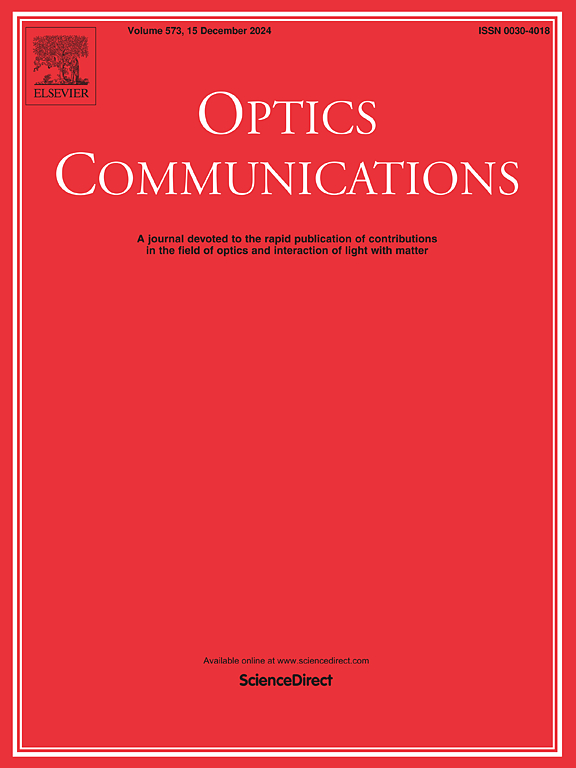Estimating object and field phase through in-line intensity measurements using a twinning algorithm
IF 2.2
3区 物理与天体物理
Q2 OPTICS
引用次数: 0
Abstract
A method to estimate the object phase as well as the field phase through in-line multiple transverse plane intensity measurements is demonstrated, with no requirement for a reference field. A twinning mechanism to estimate the object phase while simultaneously estimating the phase of the light field (field phase) at any plane before and after the object is outlined. The twinning mechanism is illustrated through its implementation on a Gerchberg–Saxton (GS) type algorithm. A forward propagating GS-type algorithm is twinned with a backward propagating GS-type algorithm, through an intersection occurring at the object plane. The efficacy of the algorithm is demonstrated through comparison with a standard interferometric method on numerically generated intensities corresponding to random as well as dislocated phase objects. It is seen that for low noise conditions, the fidelity of the retrieved object phase, is comparable to that obtained through the interferometric method. Estimation of the object, as well as the field phase, is experimentally demonstrated through the twinned GS-type algorithm on both random as well as dislocated phase objects.
求助全文
约1分钟内获得全文
求助全文
来源期刊

Optics Communications
物理-光学
CiteScore
5.10
自引率
8.30%
发文量
681
审稿时长
38 days
期刊介绍:
Optics Communications invites original and timely contributions containing new results in various fields of optics and photonics. The journal considers theoretical and experimental research in areas ranging from the fundamental properties of light to technological applications. Topics covered include classical and quantum optics, optical physics and light-matter interactions, lasers, imaging, guided-wave optics and optical information processing. Manuscripts should offer clear evidence of novelty and significance. Papers concentrating on mathematical and computational issues, with limited connection to optics, are not suitable for publication in the Journal. Similarly, small technical advances, or papers concerned only with engineering applications or issues of materials science fall outside the journal scope.
 求助内容:
求助内容: 应助结果提醒方式:
应助结果提醒方式:


